How customised packaging propels customer loyalty and revenue growth
The correct graphics, made with the right colours and the right intentions, develops connections with consumers functioning as a critical revenue driver beyond a protective necessity, Ashok Sethi, chief sales office, Konica Minolta India
25 Apr 2025 | By PrintWeek Team
Product differentiation is the currency of attention that extends far beyond the product itself. Customised packaging is the quickest way to leave a lasting psychological and emotional impact. The correct graphics, made with the right colours and the right intentions, develop connections with consumers functioning as a critical revenue driver beyond a protective necessity. Here is how customized packaging can create exceptional customer experiences through four key mechanisms.
The psychological power of first impressions
First impressions fundamentally shape consumer perceptions, with research confirming that packaging creates critical initial brand judgments. Packaging design directly influences customer attention, better recognition, purchase likelihood, brand choice, and financial performance.
This "halo effect" speaks volumes of product quality before consumers experience the actual product. This is verified by strategic packaging elements, including colour psychology, tactile components, and personalized elements that trigger neurological responses to elevate perceived value. The impact is particularly evident in premium market segments.
Brands implementing personalisation elements report up to 40% increases in customer revenue demonstrating that customization creates a powerful sense of exclusivity and individual recognition. This connection is an underutilized competitive advantage for brands seeking differentiation in saturated markets.
Emotional engagement through unboxing experiences
Today, the unboxing experience is the product, given that packaging carries the motherload of brand storytelling and emotional connection.
Beyond aesthetics, packaging activates sensory appeal via its texture, weight and other elements reinforcing brand perception at a subconscious level. A well-crafted unboxing experience cultivates a sense of exclusivity and personal connection, making customers feel valued and understood.
This emotional response is a monetisation goldmine, that promises increased social media sharing and strengthened retention metrics. Over the course of product launches, emotionally engaged customers demonstrate higher lifetime value via stronger brand advocacy and a greater willingness to pay premium prices.
Here lies a substantial return on packaging investments when properly aligned with brand positioning and customer expectations. The proliferation of unboxing content across digital platforms further amplifies this impact, with increase in unboxing video viewership across video streaming and social media platforms. Each shared experience extends brand reach exponentially, creating organic marketing amplification through customer-centric activation points, all initiated by strategic packaging decisions.
Small business competitive advantage
Historically, enterprise brands led packaging innovation, but digitalisation and manufacturing advancements have levelled the playing field. Now, small and mid-sized businesses can use custom packaging to stand out against larger competitors with bigger marketing budgets.
The financial implications are substantial. When implemented strategically, custom packaging initiatives generate positive ROI through multiple channels including an increase in word-of-mouth referrals, which research identifies as particularly valuable for businesses with constrained marketing budgets.
Additionally, distinctive packaging provides critical visual differentiation in crowded digital and physical retail environments, enabling smaller brands to compete effectively against established market leaders. The strategic advantage extends beyond aesthetics as custom packaging enables protection tailored specifically to product requirements, reducing damage-related returns and associated operational costs.
Sustainability integration as revenue driver
The intersection of customised packaging and sustainability initiatives represents a particularly potent opportunity. About 85% of consumers have adopted more sustainable behaviours and 45% expect sustainability as a given. This consumer demand creates both risk and opportunity, with customised approaches enabling brands to integrate recycled materials, biodegradable components, and innovative reusable designs that align with evolving consumer expectations.
Contrary to conventional assumptions, sustainable customised packaging often delivers superior financial performance. Companies implementing eco-friendly packaging solutions report enhanced customer perception, increased willingness to pay premium pricing, and strengthened retention metrics. Sustainability-focused packaging innovations generate particular resonance with environmentally conscious market segments, creating a virtuous cycle where environmental and financial objectives align.
While initial expenses for customized sustainable packaging typically exceed standard options, the investment generates tangible returns through enhanced brand value perception, reduced customer acquisition costs, and increased repeat purchase behaviour. Comprehensive lifecycle assessments and consumer survey data confirm that these sustainability initiatives transform packaging from a commodity expense into a strategic revenue driver
Packaging dictates end-user purchase
Beyond aesthetics, packaging serves as a silent salesperson that ushers the final sway of sell or pass. By creating psychological connections, facilitating emotional engagement, enabling competitive differentiation, and integrating sustainability priorities, brands can transform packaging into a central component of customer experience management and revenue acceleration.
The most successful implementations approach packaging holistically integrating design, materials, functionality, and sustainability to create experiences that extend far beyond product delivery. As markets evolve, companies prioritizing packaging innovation will increasingly capture disproportionate market share through enhanced customer loyalty and accelerated revenue growth.


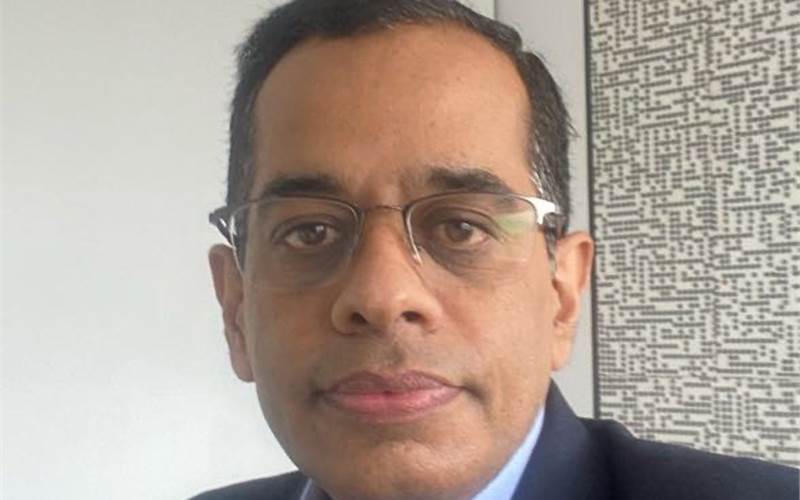





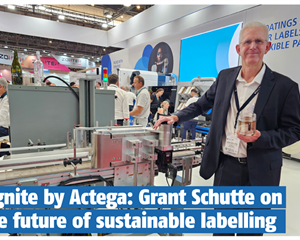
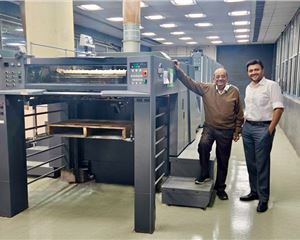
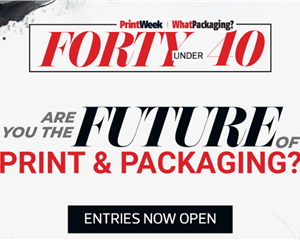
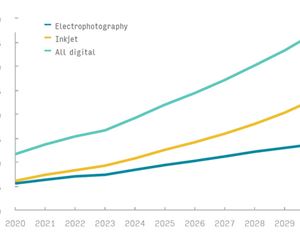
 See All
See All